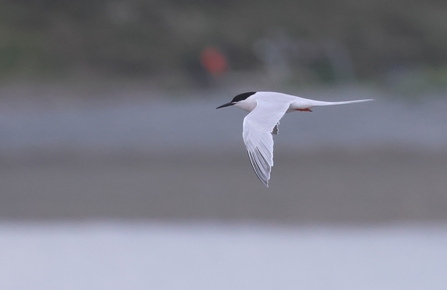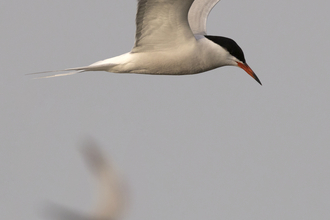It’s the end of another season here at Cemlyn! The season has flown by here, but Zak and I have had a great season.
Right at the start of the season, we saw birds returning over a week earlier than normal, with birds quickly settling onto nests. Over the course of May, we were counting a maximum of 1,000 Sandwich terns sitting on nests which is about half of last year's numbers. On our clutch count, when we went out onto the islands under a license from Natural Resources Wales (NRW) and counted all the nests, we came back with a total of 2,167 Sandwich tern nests! Over twice as many as we were expecting to see, which later rose to a final figure of 2,400 pairs of Sandwich terns. This is 400 pairs higher than last year which is a great sign to show numbers are recovering well after the Avian Influenza outbreak in 2023. In the end, around 2,000 juvenile Sandwich terns fledged from the colony which is a great number.












